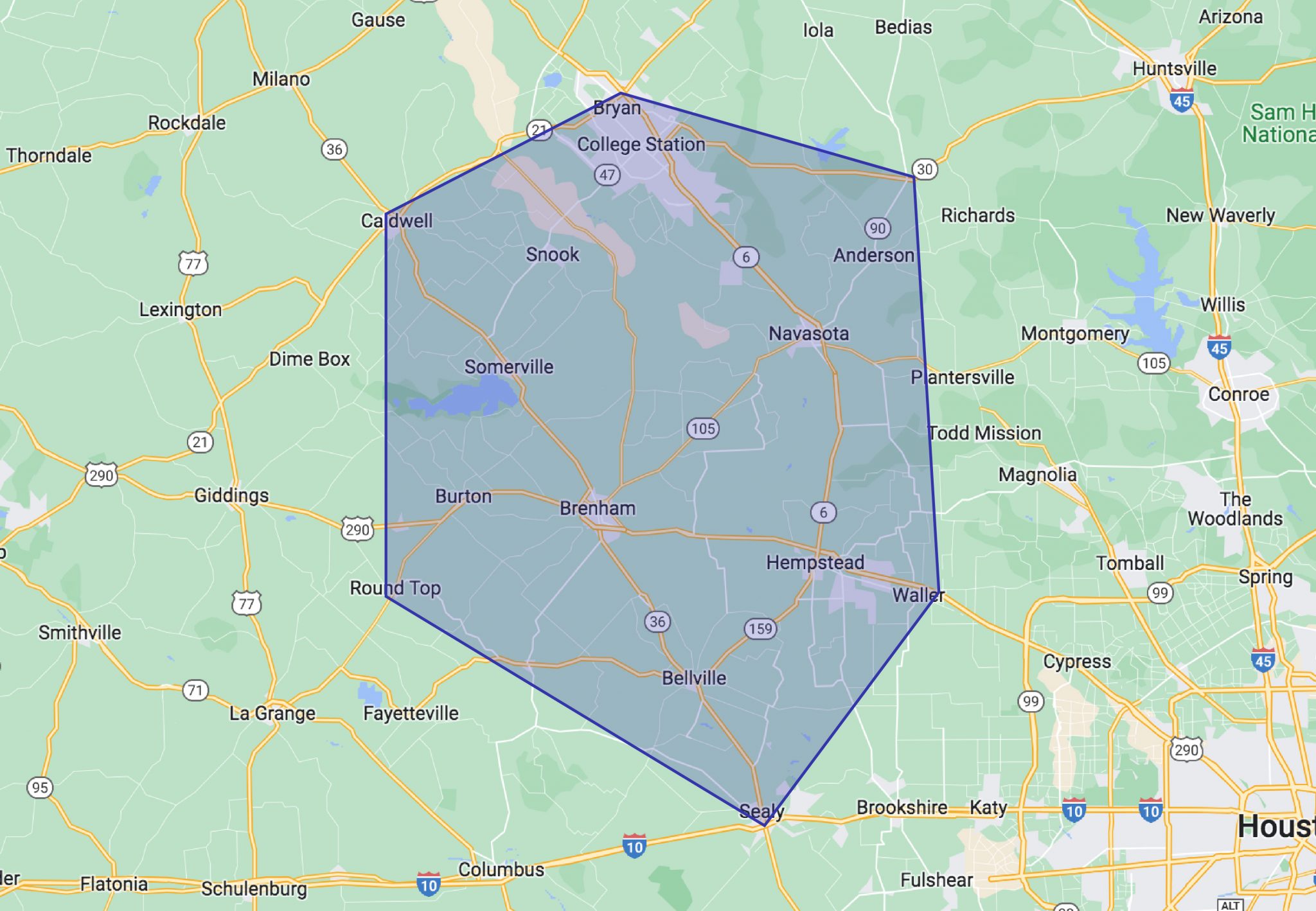A traditional sewer snake or drain auger is designed to open a drain that is clogged by a process of inserting a cable with a blade on the end into the clogged drain pipe and spun by hand or a motor. As the cable spins, the blade on the end of the cable tears through the clog and allows the water to drain.
This method is effective for many situations but does have limitations such as not always fully cleaning the pipe or essentially just punching a hole in the clog. They can also cause damage to a pipe that is already compromised if the blade hooks a cracked portion and makes it worse. A sewer cable is also much more likely to get stuck in a compromised sewer pipe.
A hydro-jetter uses high pressure water that flows through a special hose with a nozzle on the end that focuses the water through the orifices on the nozzle. The nozzle does all the work when unclogging a drain with a hydro-jetter. Like the sewer cable, the jetter hose is inserted into the clogged drain by hand and pushed as far as possible. Once the water pressure is increased and flowing through the nozzle, the hose more easily slides through the line. It is actually pulled by the nozzle due to the orifices on the nozzle aimed in reverse direction.
The main advantage of a hydro-jetter over a traditional sewer machine: it will safely clean all 360° of the inner walls of the pipe and do so in a much faster and more effective way. It is also the best method for cleaning area drains because it will remove the dirt and leaves by thoroughly flushing them with the high pressure water. Hardened grease clogging a drain is also best removed with a hydro-jetter.
If a sewer line has a sag or “belly” on a horizontal portion of it, a sewer cable can not do anything to effectively remove debris or grease from that portion. A hydro-jetter can effectively remove all build-up from a drain with a sag because it is using high pressure water to flush the pipe.
